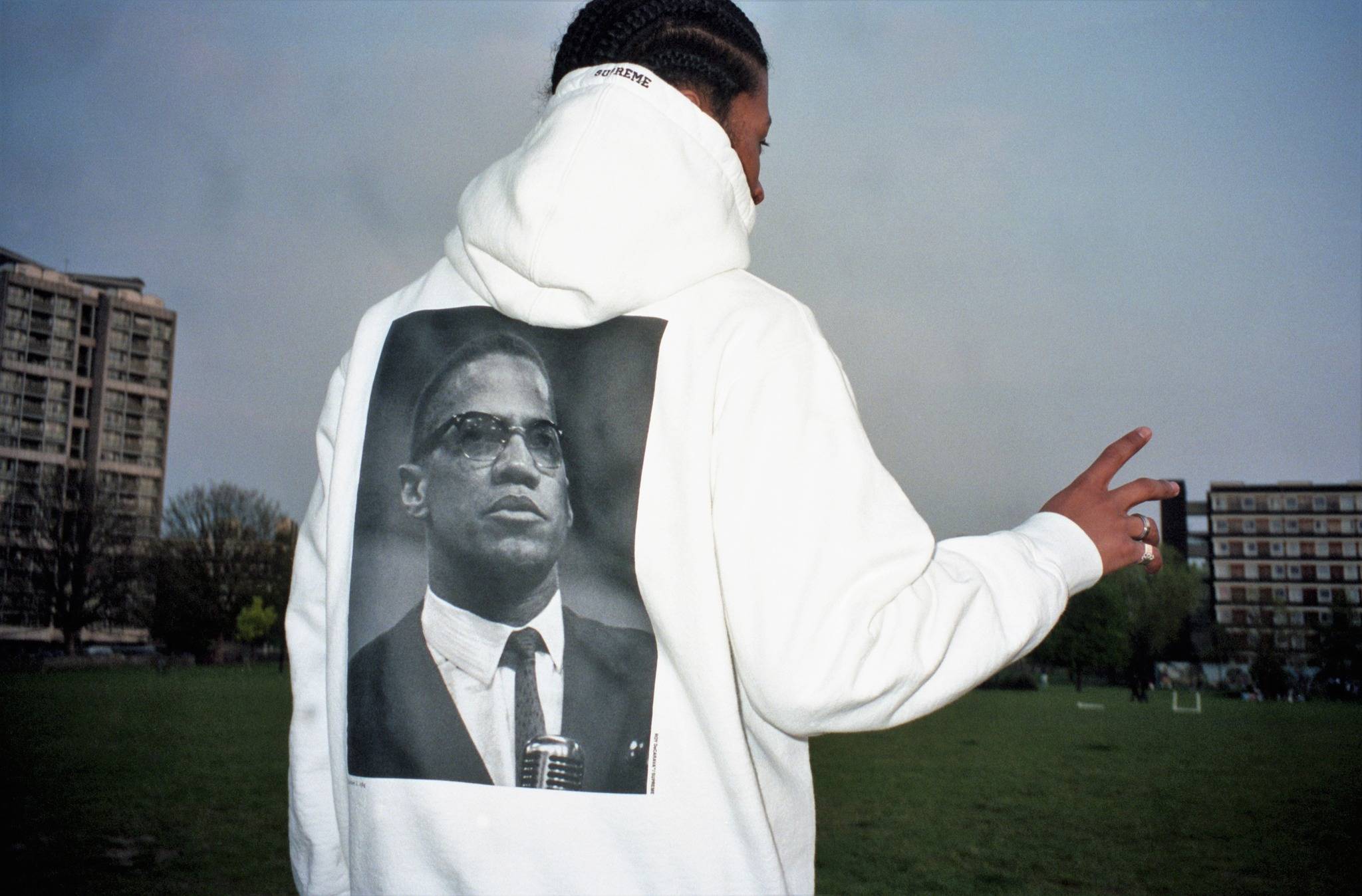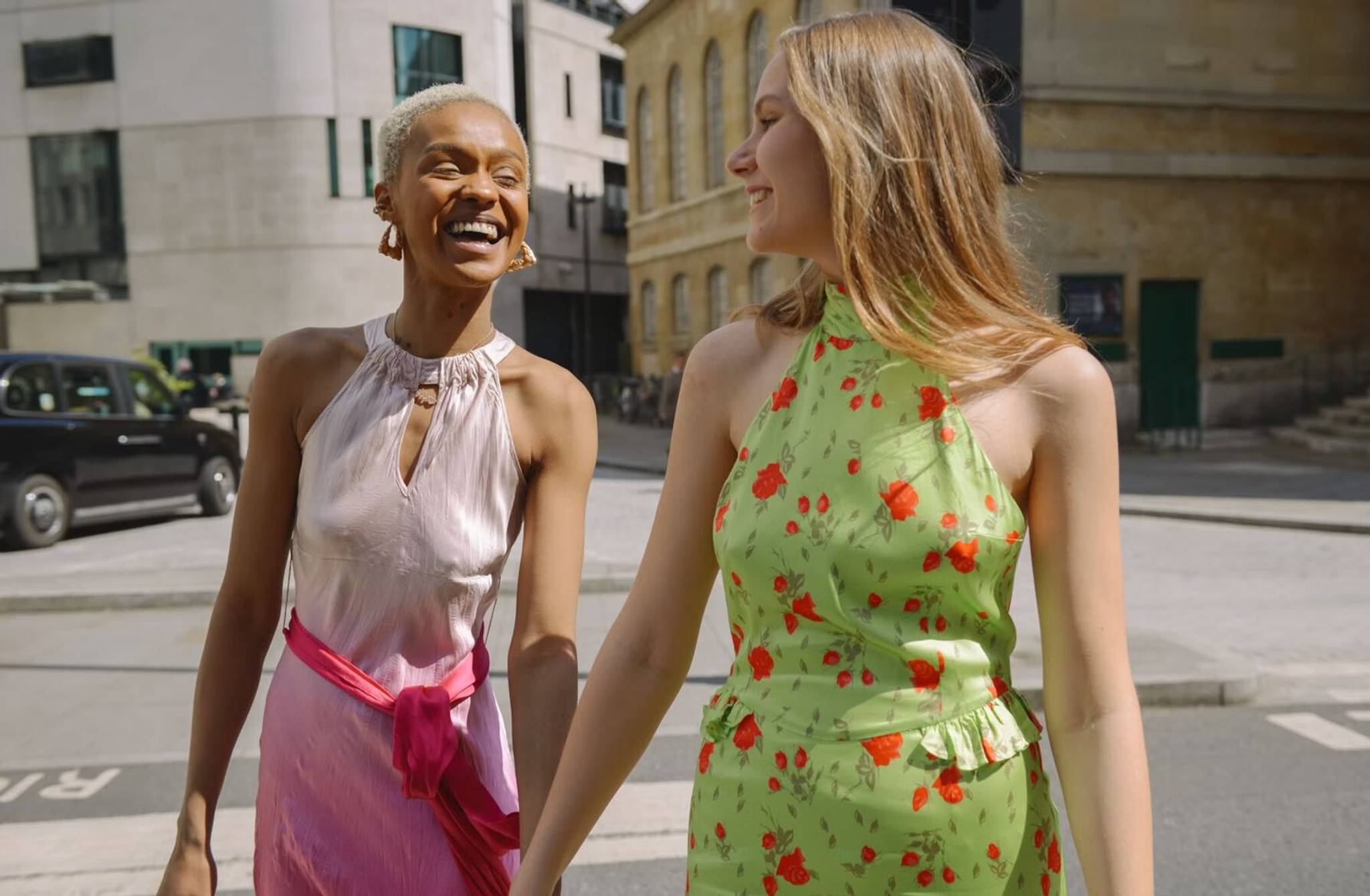
Y2K fashion is everywhere – from ultra-baggy jeans to super-faded band tees – but what drives Gen Z's obsession with fashion from past eras? Alongside a search for authentic self-expression, Gen Zers desire to look back through nostalgia-tinted glasses to avoid the stresses of contemporary life.
Anyone in the Gen Y age range or older could be forgiven for doing a double take at the pictures of Justin Beiber wearing a pair of trainer-hiding ultra-wide JNCO jeans. Once a 90s staple and then relegated to fashion obscurity, the unfathomably baggy jeans are just one of many seemingly unlikely Y2K fashion items making a celeb-fuelled comeback.
With a fluid approach to self-expression and identity, Gen Z is reaching into the past and embracing vintage fashion, turning their backs on so much of the fast fashion that dominates the clothing landscape in 2023 – 83% have, or are open to, shopping for secondhand clothes.
TikTok is awash with people sharing their latest vintage hauls – #vintageclotheshaul has over 2.1 billion views on the platform. Everything from vintage couture to the perfectly faded and obscure band tour tees are celebrated by an ever-growing group of style sartorialists that are looking to retro pieces to help them stand out – around 64% of Gen Z say that they look for an item secondhand, rather than buying it new.
Gen Z's interest in the nostalgic aesthetic may not be as surface-level as it seems. They are a generation growing up in turbulent times, where instability is rife – jumping back into the past is an easy way to circumvent the stresses and anxiety associated with living in the present. By slipping into super baggy jeans and vintage tees, Zers envelop themselves with physical portals that transport them back to a time when life made more sense.
It has taken a little time for businesses to understand the pulling power that Y2K fashion has on Gen Zers, but there’s an emphasis on authenticity from this generation. Growing up in a period of misinformation, truth and authenticity are of utmost importance to them – 92% say that being authentic and true to oneself is extremely, or very, important – and this means that for many, reproduction Y2K fashion just doesn't cut it.
Instead, Gen Zers would rather scour vintage, thrifts, and charity shops to find the real deal or use apps like Depop and Vinted to score genuine old-school pieces. In fact, statistics suggest that the global secondhand market will reach a value of $350 billion by 2027, doubling in just four years.
But while some love flicking through the rails and digging through vintage bins, there’s an ever-present need for immediacy among others. Brands like Gap are tapping into this by creating a curated selection of genuine vintage pieces sourced by vintage collector and idol Sean Wotherspoon – giving people access to the real thing quickly and conveniently.
Of course, this comes at a price. People who take care to rifle through the rails and find holy grail vintage pieces are aware of their worth, which drives up prices, but only some people are willing to pay that premium. Nevertheless, the resale market for vintage clothing is booming due to this shift.
With the cost of living crisis in full swing, price is affecting the overinflated vintage market as resellers charge eye-watering fees for something they’ve found in a Goodwill. As value remains the main driver for secondhand clothing purchases, Gen Zers are treading a fine line between the cost of vintage, its accessibility, and its trending power.



